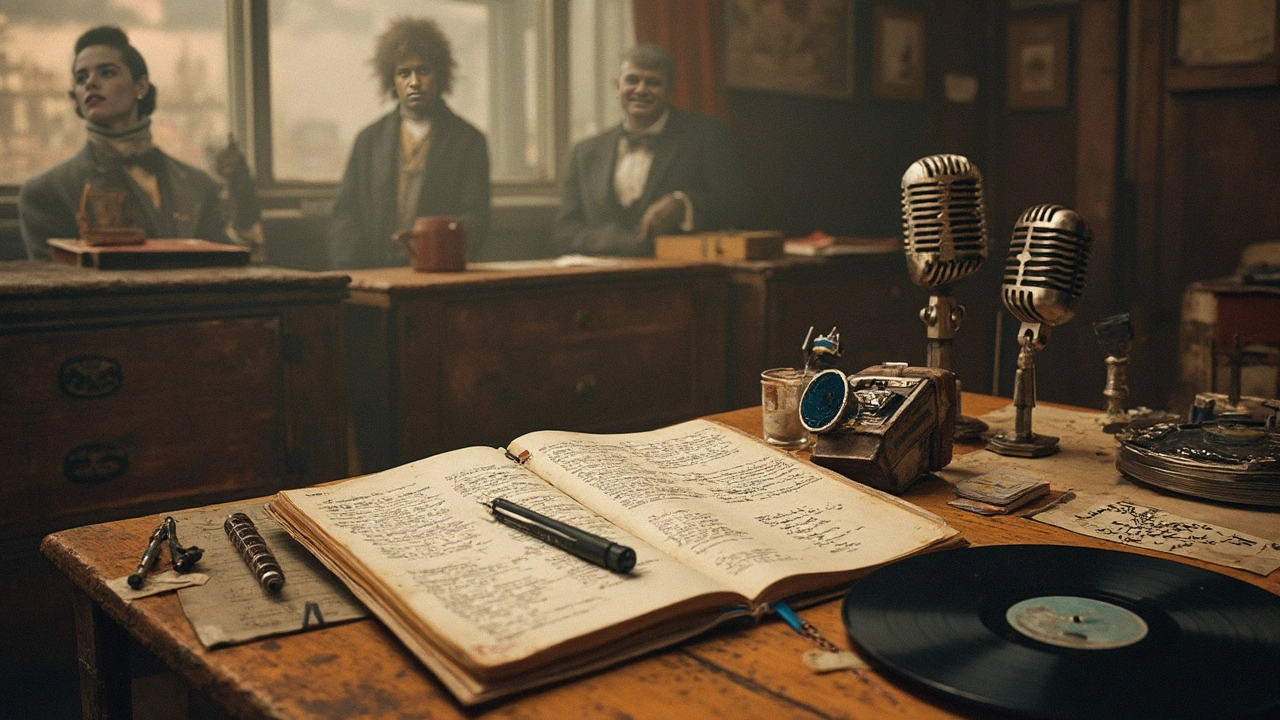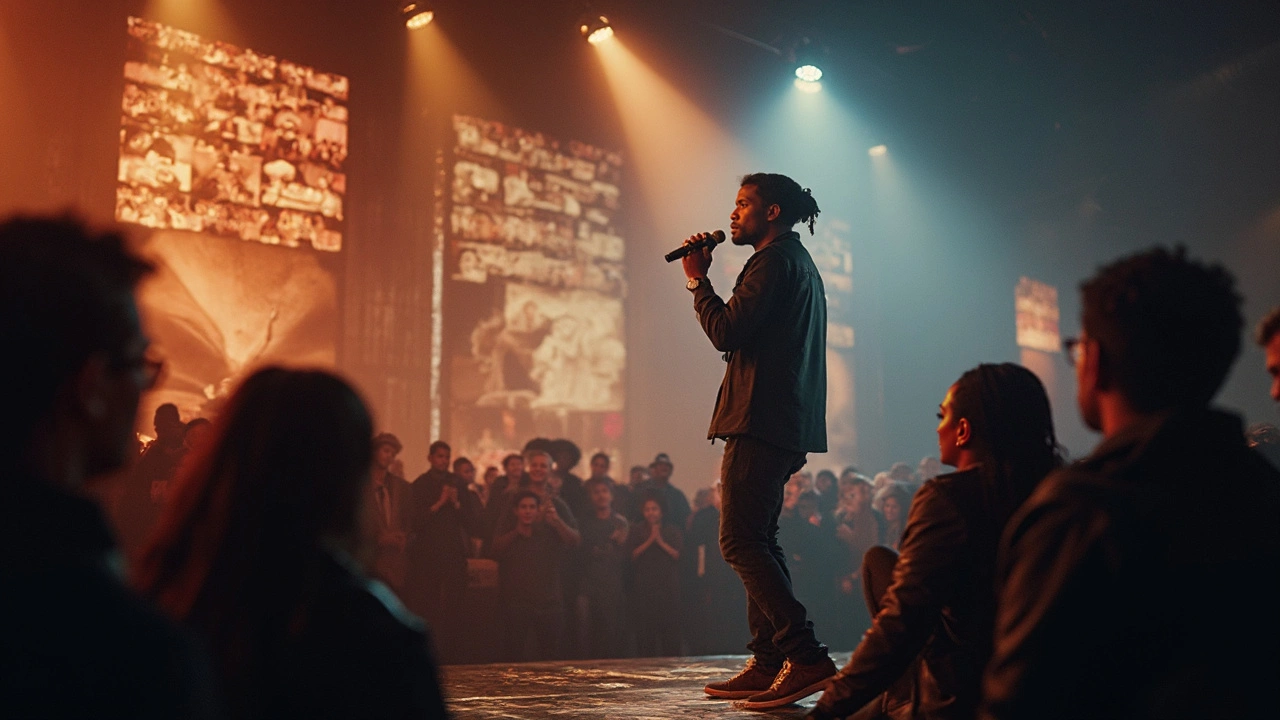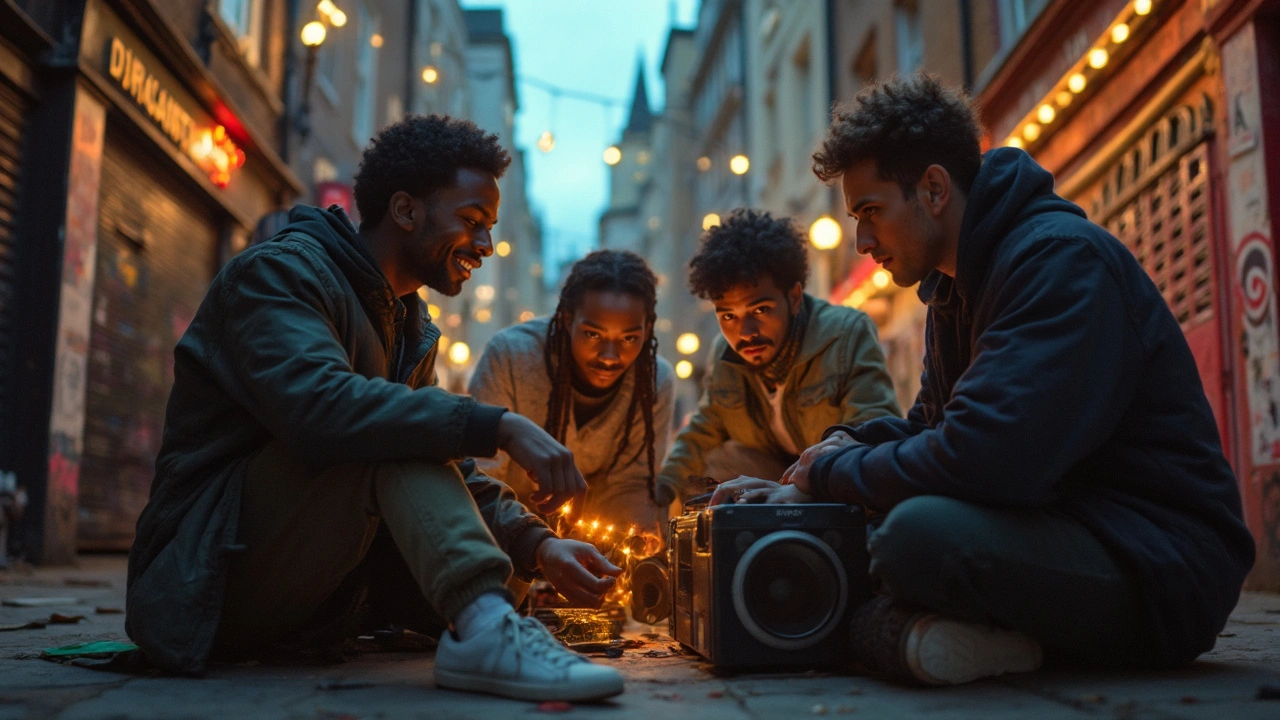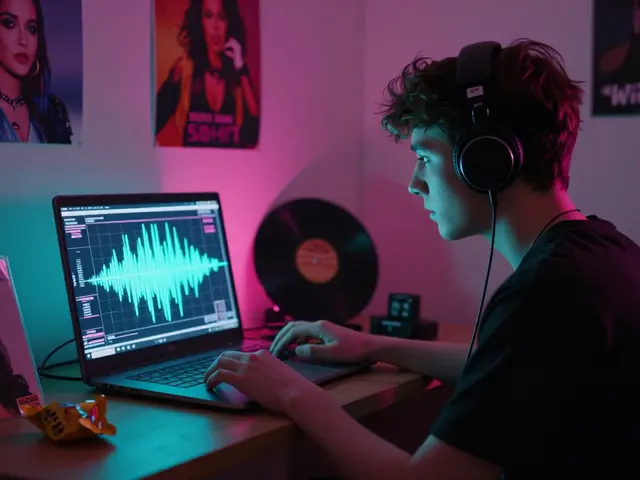No one expected a handful of teenagers in the Bronx, armed with little more than turntables and a whole lot of grit, to change the way history would be told. Yet, that’s exactly what happened in the late 1970s when hip hop started turning everyday struggles into verses that echoed far beyond New York. Hip hop music isn’t just about the beat—it’s a megaphone for stories most people might never hear. Some history lessons are set to a breakbeat; you just have to listen.
The Birth of Hip Hop: Rewriting Historical Narratives
Step back to a time when New York’s South Bronx resembled more of a war zone than a page in a U.S. history book. Buildings were left to burn for insurance; families shuffled in and out of makeshift homes. The regular history textbooks definitely missed these details. Kids in battered sneakers, dodging danger every day, found release and expression through a brand-new movement—hip hop. Kool Herc, Grandmaster Flash, and Afrika Bambaataa weren’t just DJing; they were archiving life in a city that too many had written off. They used rhymes and beats to shout about bad landlords, broken schools, and police harassment when nobody else would listen.
Flip through early tracks—like Grandmaster Flash and the Furious Five’s “The Message.” There’s nothing glamorous here. Instead, the song is an audio snapshot of poverty, frustration, and short-lived hopes. Rap became a type of journalism, one that captured the cracks and crevices of daily life in ways newspapers rarely did. If you compare the news reports on New York’s urban crisis in the late ‘70s with hip hop lyrics, you see a gap: hip hop filled in everything the big media skipped. That’s why hip hop is so much more than dance music; it’s a window into forgotten history.
Historians have started to recognize how hip hop does what traditional textbooks often ignore—documenting the raw, unfiltered experience of those pushed to the margins. In fact, The Smithsonian even curated an exhibit on “Hip-Hop and History” in 2024, displaying album covers and handwritten lyrics beside traditional archives. They showed how hip hop’s influence goes way past music, capturing the lived reality of racism, economic struggle, and resilience. This “living archive” is still growing; every new hip hop artist adds another firsthand report to the timeline.
From the Streets to the Charts: The Truth in Rap Lyrics
Let’s talk about lyrics for a minute. While pop songs tend to focus on love stories or Saturday night parties, rap cuts deep. Tupac rapped about the vicious cycle of poverty in “Brenda’s Got a Baby.” Kendrick Lamar practically turned his 2015 album “To Pimp a Butterfly” into an audio documentary about race, anxiety, and identity in modern America. Nas’s “Illmatic” is celebrated not for just great beats, but for the vivid snapshots it paints of 1990s Queensbridge projects.
What makes it so powerful? Authenticity. Rappers settled for nothing less than the full, ugly truth. In “Fight the Power,” Public Enemy called out racial injustice during the rise of the mass incarceration era. Like journalists, MCs had to get their facts right—they’d call out fake stories as quickly as crooked politicians. This code of authenticity means every line is a piece of local history—whether it’s about a police raid, a lost friend, or a victory against the odds. It’s not about selling records; it’s about representing your neighborhood, your family, your truth.
In Australia, Indigenous hip hop artists have used rap to shine a spotlight on stories outsiders never hear. Briggs turns the Yorta Yorta struggle into lyrics that double as rallying cries. There’s even a growing course at Melbourne University dedicated to “Australian Hip Hop as Social History.” Students analyze how First Nations MCs use rap to reclaim narratives and challenge stereotypes. Hip hop is global, but its core function—recording lived experiences—never changes.
| Artist | Historical Event | Album/Song |
|---|---|---|
| Kendrick Lamar | Black Lives Matter Movement | "Alright" |
| Public Enemy | 1989 NYC Racial Tensions | "Fight the Power" |
| Briggs | Indigenous Rights in Australia | "Bad Apples" |
| Grandmaster Flash | 1980s Urban Poverty | "The Message" |

Hip Hop as Oral History: A New Way of Learning
If you’ve ever listened to a rap album from start to finish, you know it’s way more than just catchy beats. The sequencing—the way each song flows into the next—feels a bit like flipping through chapters of a memoir. Hip hop borrows from oral history traditions, where elders passed down wisdom through storytelling, usually in lively, rhythmic ways. The thing is, rap made these stories louder and impossible to ignore.
Oral history lets people who rarely get their stories published speak directly. That style pops up everywhere in hip hop. Take Slick Rick’s “Children’s Story”—sure, it’s a cautionary tale, but it’s also a lesson on choices and consequences, straight from the artist’s mouth to your ears. Hip hop artists don’t hide behind flowery language or perfect prose—their stories are raw and right there in your face. That honesty makes them unforgettable. Kids and adults alike pick up facts and context in a way textbooks never manage. Ask any educator who’s broken down a Nas verse in class—the engagement goes through the roof.
Teachers from Sydney to Chicago now use hip hop as a tool for learning about everything from civil rights to personal finance. That shift is supported by research, like the 2023 Melbourne Education Conference, which found that students remembered details from Kendrick Lamar’s lyrics better than from their assigned readings. The reason? Storytelling sticks, especially when it comes in a form people genuinely want to listen to. History isn’t just about memorizing dates—it’s about feeling the impact of choices and events. Hip hop brings those moments to life.
Reflection and Resistance: Hip Hop's Power Against Erasure
One thing the world keeps learning, over and over: if “official” history ignores your story, you have to make sure it gets heard. Hip hop is basically a force field against erasure, especially for Black and Brown people, but also for anyone feeling overlooked. Look at N.W.A.’s “Straight Outta Compton.” Sure, the music’s angry, but the real target is the kind of policing and neglect that rarely made news unless it spilled into violence. Their music forced uncomfortable stories out of the shadows.
Artists use their verses to push back against being dismissed or stereotyped. Even as styles shifted—from boom bap to trap, from storytelling to club bangers—the urge to document truth never left. Just listen to Rapsody’s “Eve,” where every track is a tribute to a powerful Black woman, past or present, whose story has been ignored by mainstream culture. Or consider Sampa the Great, who blends Zambian history with Australian life in lyrics that jump continents and generations.
Here’s a wild fact: According to a 2022 Spotify study, hip hop was the most frequently used genre to tag songs as “historical” or “activist”—beating out folk and punk. The reason’s clear; hip hop is fast, it adapts, it hits harder. Its mixtapes spread messages before the censors even know what happened. When I listen to new releases with my spouse Charlie, we always end up pausing to unpack the lines. In those pauses, you realize: resisting erasure isn’t just about shouting into the void—it’s about laying down a beat that makes others want to join in.

Preserving and Passing On: Hip Hop’s Archive for the Future
It’s tempting to think hip hop is only about what’s happening right now, but the truth is, it’s also a time capsule. Every single lyric—is a record someone in the future can look at and see life as it was lived. The way old blues or folk songs tell us about years gone by, hip hop is building its own archive, one mix at a time. The Library of Congress has officially preserved seminal hip hop albums like “The Miseducation of Lauryn Hill.” That’s not just nostalgia—it’s about making sure future generations can tap into the energy and warnings these songs carry.
Collectors and fans are digital hoarders for a reason. They know today’s underground hit could be tomorrow’s history lesson. Record labels are even catching on, releasing “deluxe box sets” of classic rap albums with original demos, handwritten lyrics, and liner notes. These collections make you realize how intentional these artists are about their legacy. Even beyond music, hip hop culture leaves marks everywhere: street art in Melbourne’s Fitzroy, streetwear collabs that reference protest icons, graffitied walls with giant murals of Tupac or A.B. Original.
- Create your own hip hop archive: keep playlists that connect to specific moments in your life or history.
- If you’re an educator, use rap lyrics to make hard history lessons stick.
- When you hear local artists, support them—they’re today’s historians in the making.
- Visit museum exhibits or online collections focused on hip hop. The stories might sound raw, but the truth sticks with you.
For anyone looking to really understand how history sounds, not just how it’s written, hip hop remains the richest source around. Each track gives you a direct line to moments that shaped the world, in the voices of those who lived it—for better or worse. And honestly, with my dog Max and parakeet Skye sometimes grooving in the background, I’m constantly reminded that music is about sharing stories, no matter who’s listening.



